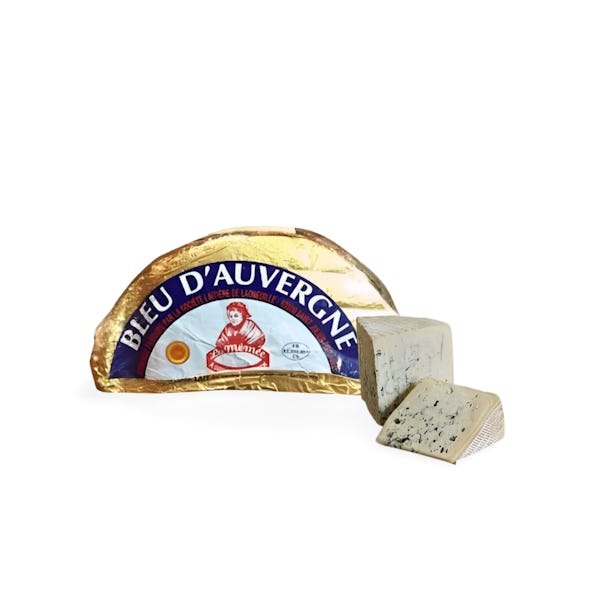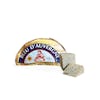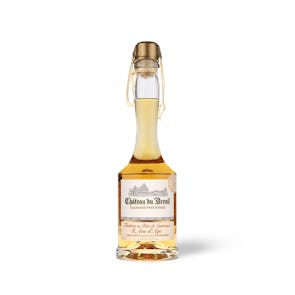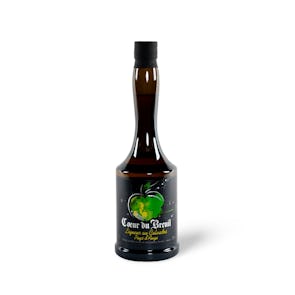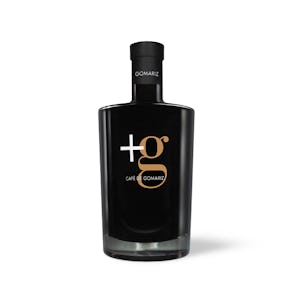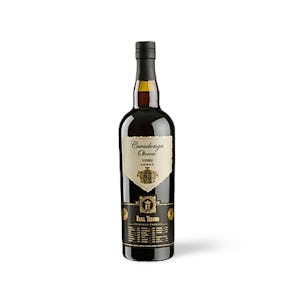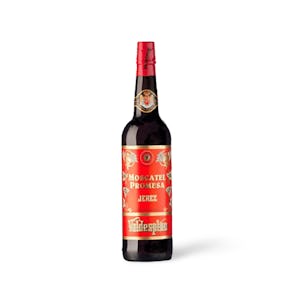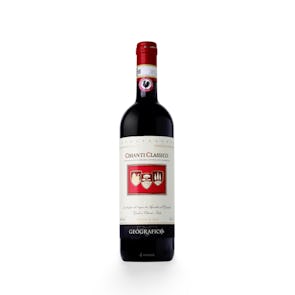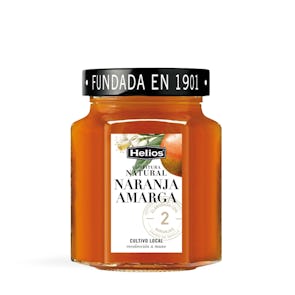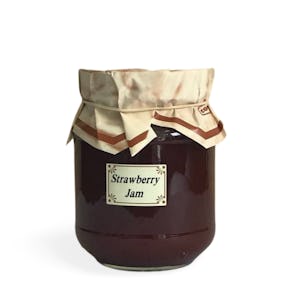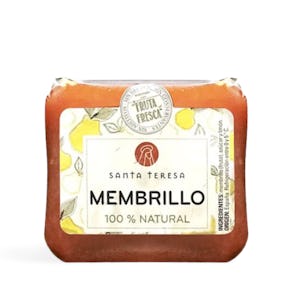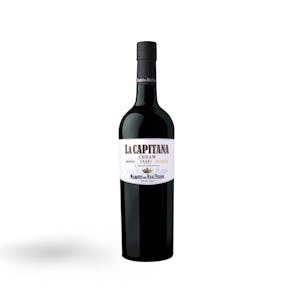Bleu D'Auvergne Soft Blue-Veined Cow's Milk Pasteurized
PAIRS PERFECTLY WITH
Bleu d’Auvergne is a French blue cheese named after the Auvergne area in south-central France, where it originated. The cheese can be manufactured with either raw or pasteurized milk. In 1975, it was granted AOC classification.
It has a creamy ivory color speckled with veiny blue-green mold. It’s matured for at least four weeks, by which time the cheese’s powerful flavors and silky texture have emerged. The rind is moist and sticky, revealing a soft paste with a grassy, herbaceous flavor that develops into a peppery, salty, pungent flavor with age.
This cheese was created by Antoine Roussel, a French cheesemaker in the mid-1850s. When he noticed blue molds on his curd gave it a pleasant flavor, he performed tests to see how it could be recreated. He discovered that veining formed by using rye bread mold, and that pricking the curd with a needle boosted aeration after several failed tries. The blue mold was able to grow in the pockets of air within the curd due to the increased oxygenation.
Blue d’Auvergne shines brightest when paired with sweet dessert wines like Riesling or Sauvignon Blanc, and also does well with robust red wines. You can use it salad dressings, dips, or as a snack on its own.
Storage Instructions
Cheeses (except brined ones in jars) should be stored in the crisper or the butter drawer of a refrigerator, not on the shelves themselves. This is to help regulate their temperature and humidity levels—and prevents the formation of mold. Once opened, they should not be kept in their original packaging. Soft cheeses with delicate rinds need to breathe, so they are best placed in glass containers lined with paper towels to absorb extra moisture. Leave the lid open a tiny bit for air to circulate and don’t forget to write up a label with the date you first opened the package. Kindly pay attention to the best before date label when you receive your cheese. Consume prior to date indicated.

